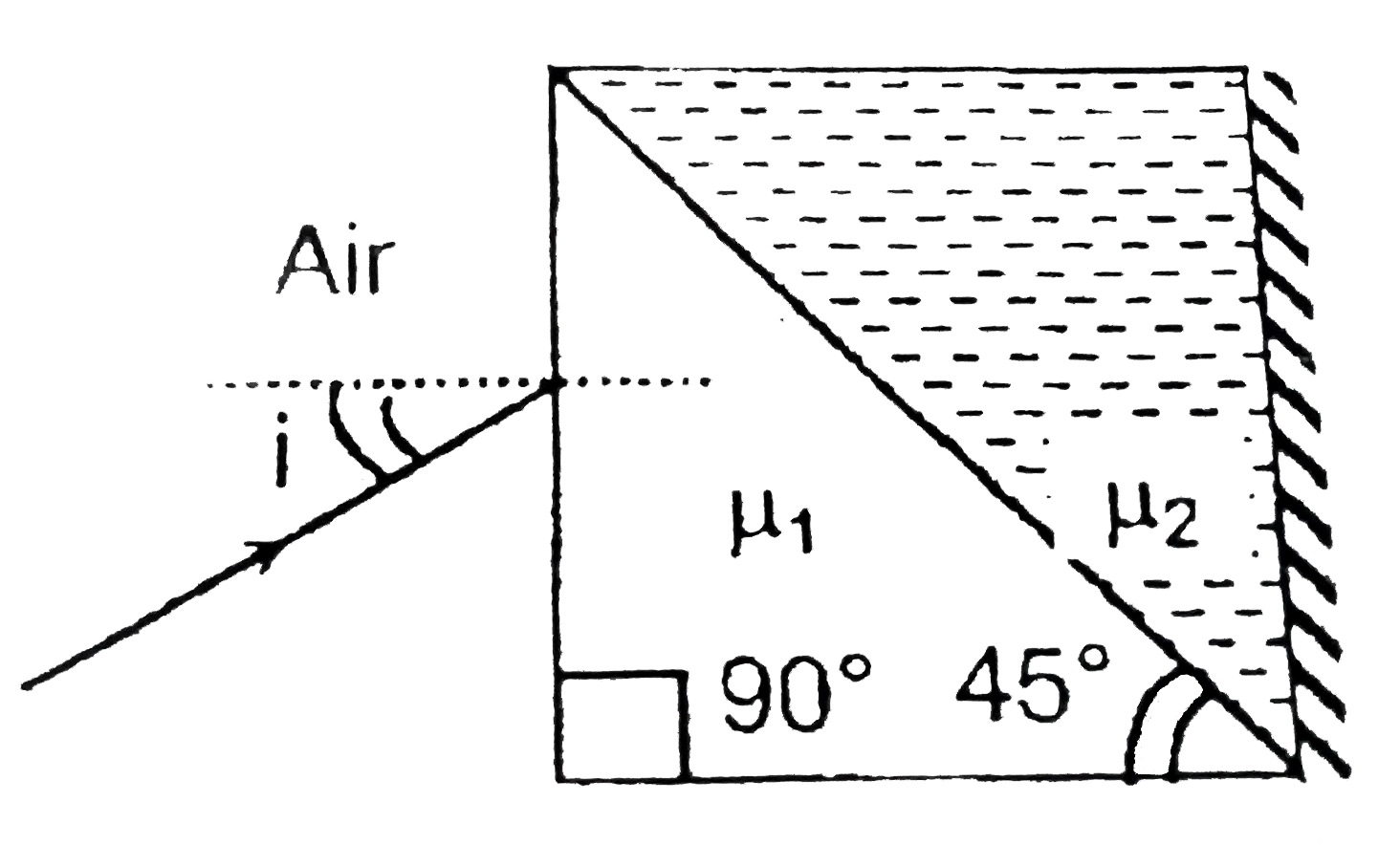
In the given situation, for what value of , the incidence ray will retrace its initial path.
The correct Answer is:B
Since incident ray retraces its path it must strike the plane mirro perpendiculary.
From Snell's law
and

Also
Topper's Solved these Questions
Similar Questions
Knowledge Check
- Question 1 - Select One
The prism shown in the figure has one side silvered. The angle of the prims is 30∘ and μ=√2. What should be the angle of incidence, if the incidence ray retraces its initial path?
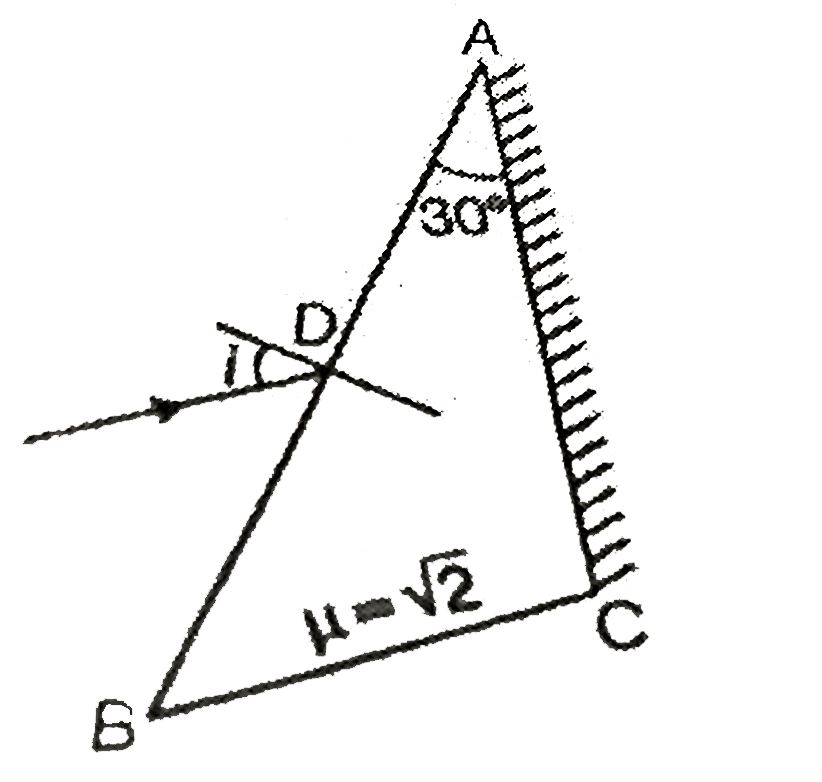 A50∘B45∘C60∘D75∘
A50∘B45∘C60∘D75∘ - Question 2 - Select One
For the situations shown in figure, determine the angle by which the mirror should be rotated, so that the light ray will retrace its path after refraction through the prism and reflection from the mirror?
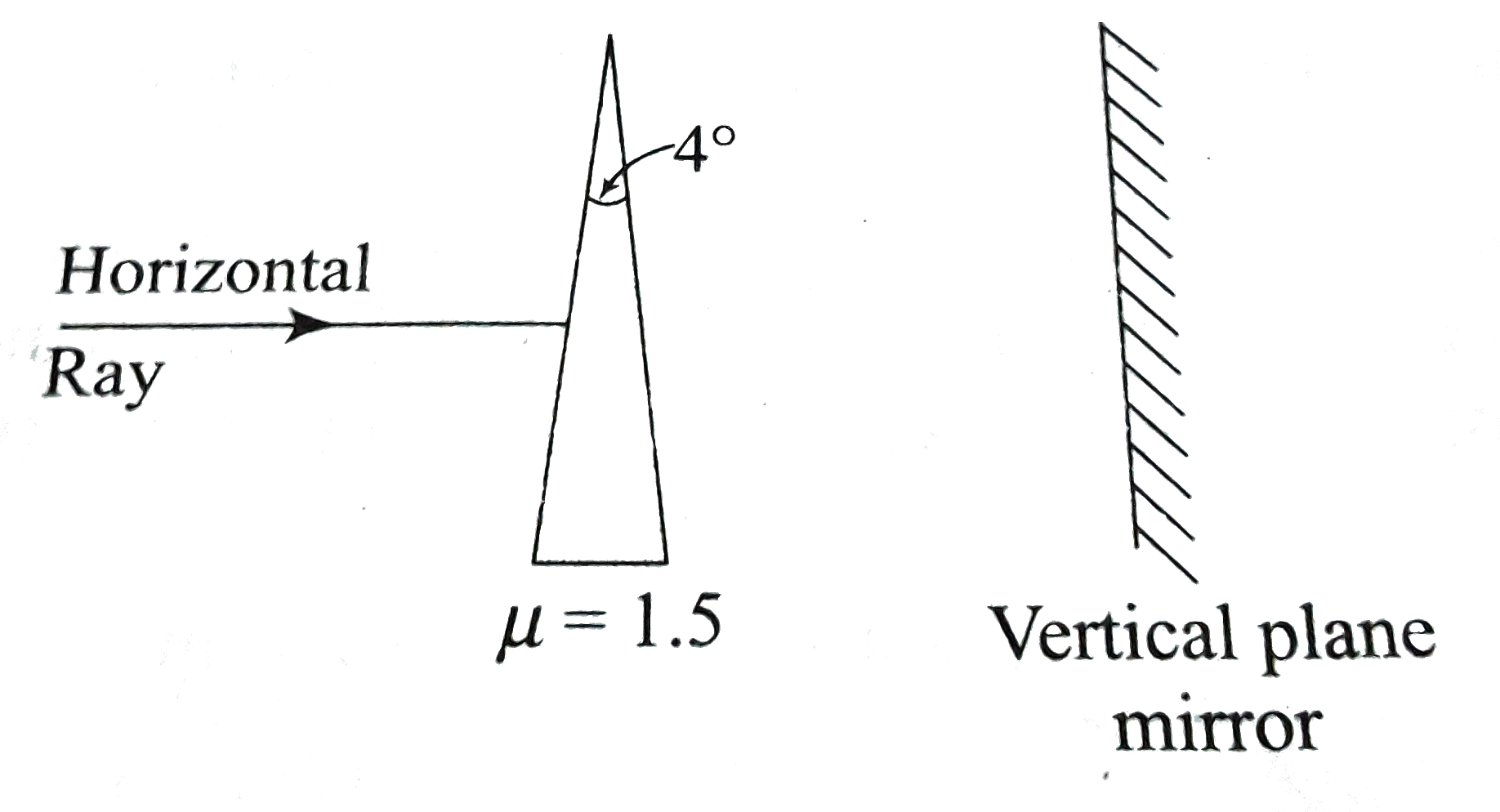 A1∘ACWB1∘CWC2∘ACWD2∘CW
A1∘ACWB1∘CWC2∘ACWD2∘CW - Question 3 - Select One
The sides of an isosceles right prism are coated with a reflecting coating. A ray of light falls on the hypotenuse at an arbitrary angle i. For what value of i the ray leaving the prism is parallel to the incident ray ?
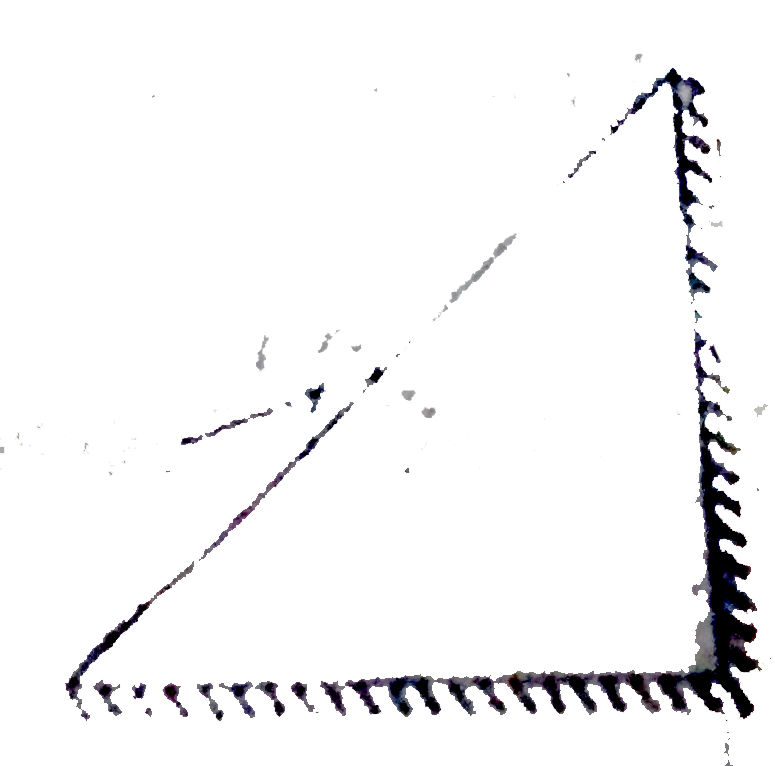 A30∘B60∘Ctan−1(2)DAny arbitrary angle
A30∘B60∘Ctan−1(2)DAny arbitrary angle
A prism has refracting angle 30∘ and μ=2. One of the mat surface of the prism is polished to make it reflecting. Find the incidence angle of a light ray on other mat surface of prism so that after reflection the ray will retrace the path of incident ray.
View SolutionIn terms of θ find the value of i, show that ray of light retraces its path after third reflection
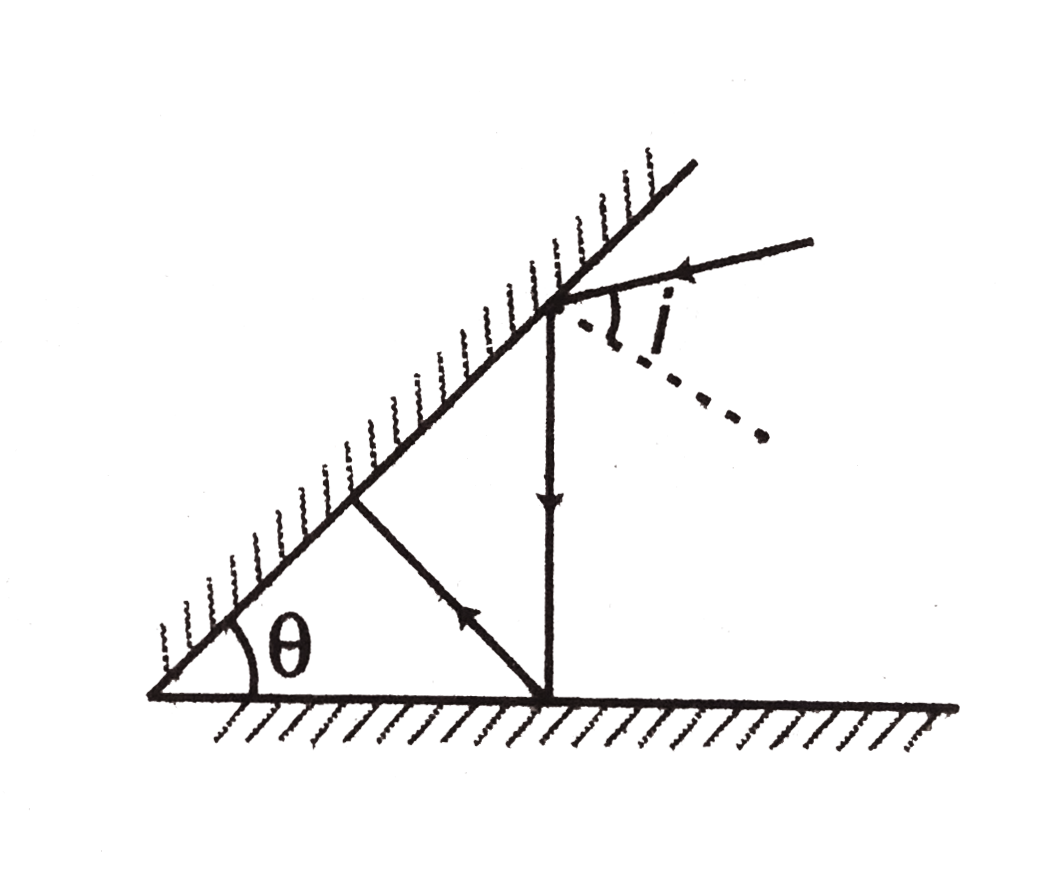 View Solution
View SolutionWhen two plane mirrors subtend an angle θ between them, then a ray of light incident parallel to one of them retraces its path afer n reflections such that nθ=c (where c is constant)
If the angle between mirrors is 60∘ . Then light ray retraces its path after n reflections where n isView SolutionWhen two plane mirrors subtend an angle θ between them, then a ray of light incident parallel to one of them retraces its path afer n reflections such that nθ=c (where c is constant)
What is the angle of c?View SolutionWhen two plane mirrors subtend an angle θ between them, then a ray of light incident parallel to one of them retraces its path afer n reflections such that nθ=c (where c is constant)
The graph between θ and n willView Solution

